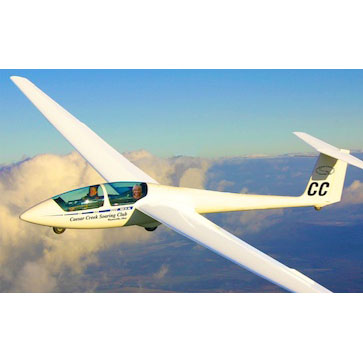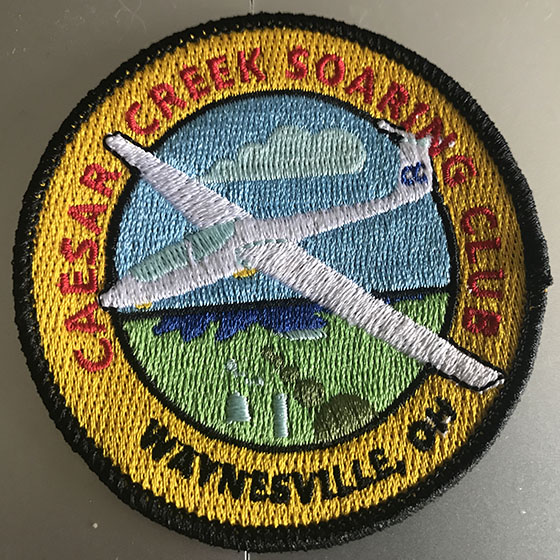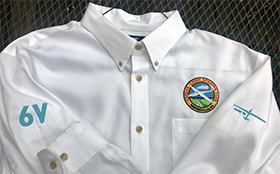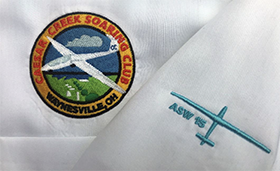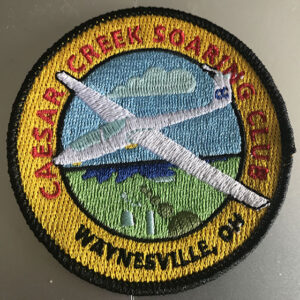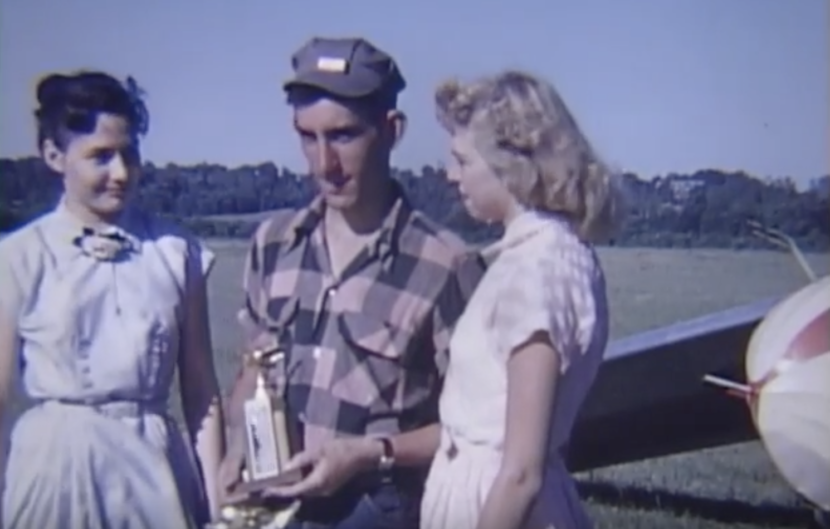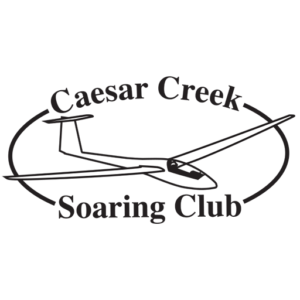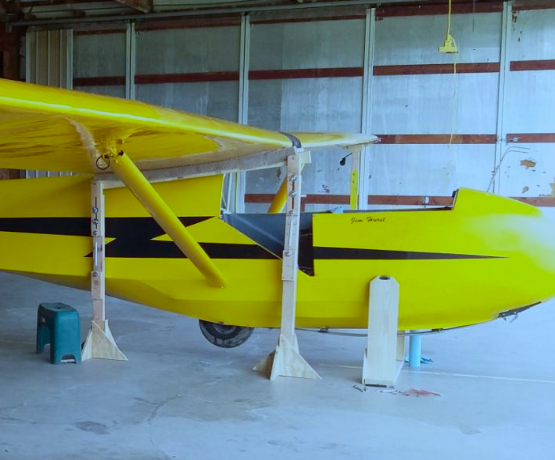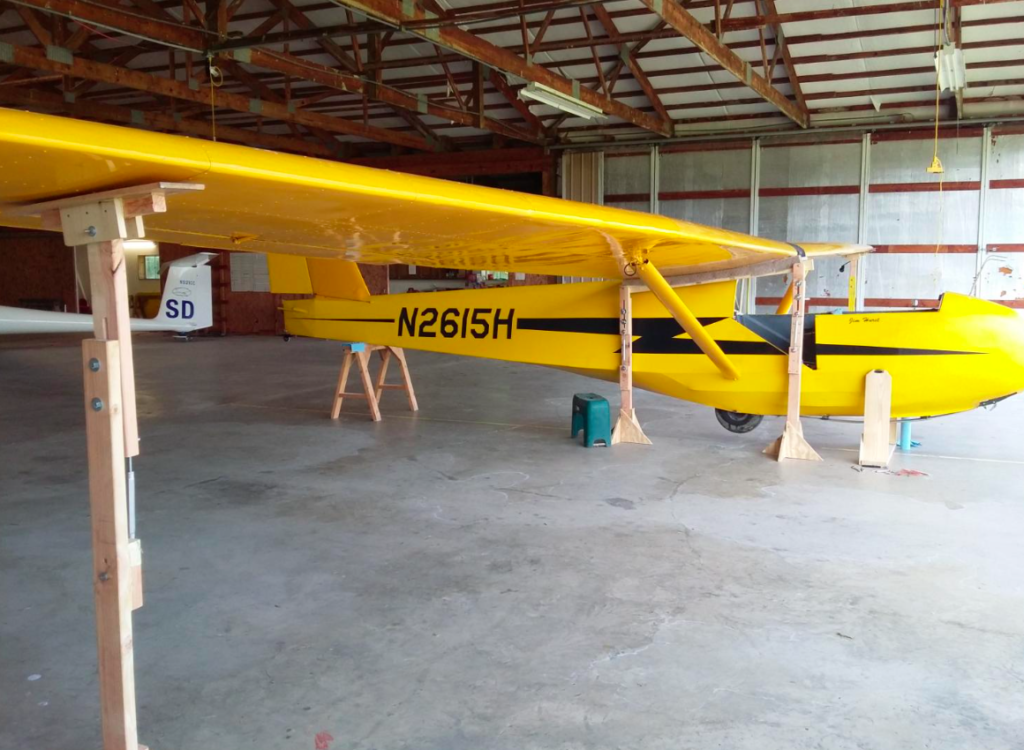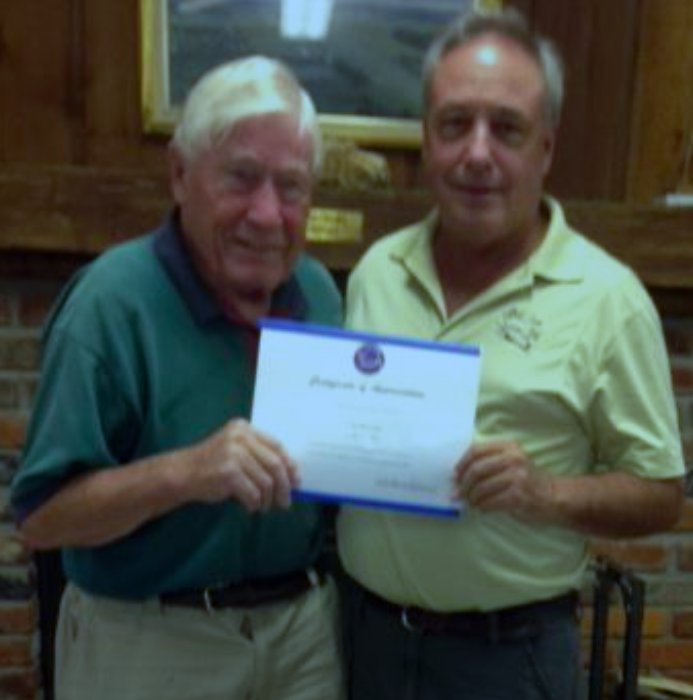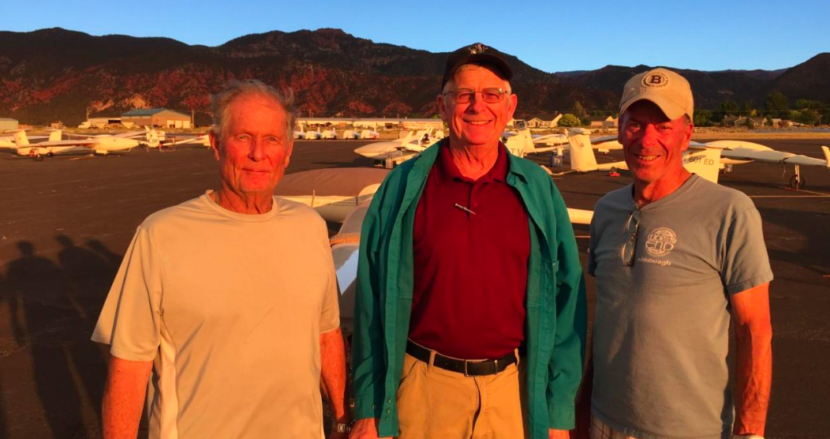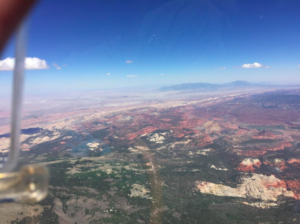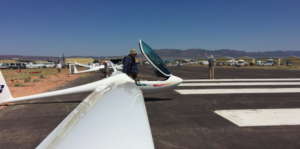Cross Country Camp Aug. 9-13, 2021
Guests from as far away as Tennesse, Washington State, and New York will come to Caesar Creek Soaring Club’s airport at 5375 Elbon Road, Waynesville, Ohio 45068 for the 2021 Cross Country Soaring Camp.
https://www.soarccsc.com/cross-country-soaring-camp/
Google Drive https://tinyurl.com/CrossCountry-Camp2021
Sailplane cross country flights with high performance gliders is an exciting and challenging way to fly. This will be an OLC (Online Contest) contest, each day a different course is chosen by the guest pilots and the scoring program will choose the best 2.5 hour segment for scoring. Depending on the weather conditions maximum distance race around the course within a typical two and one half hour period might be 150 miles. Contestants will fly as far away as Columbus, north of Dayton and nearly to Indianapolis. The daily course stays at least 30 miles away from the Northern Kentucky, Greater Cincinnati airport.
At the camp, experienced pilots will take a small group of gliders out on course. Typical groups may include medium performance gliders like ASW 15, LS 4, Libelle, and LS 1 going to Clinton (16m), Green County (18m), Dayton Wright (16m), Lebanon (8m) and back home (8m). Another lower performance group might include 1-26, K6 or AC-4 Russia following the leader to Red Stewart airport three miles away and then on to Lebanon six miles more and then fly eight miles back to CCSC. Higher performance groups will also go out on the course of their choice and capability.
Club members will get a chance to fly in the club’s two place glass ships all day with an experienced cross country pilot.
Contact Chuck Lohre, 513-260-9025, chuck@nulllohre.com for more information
